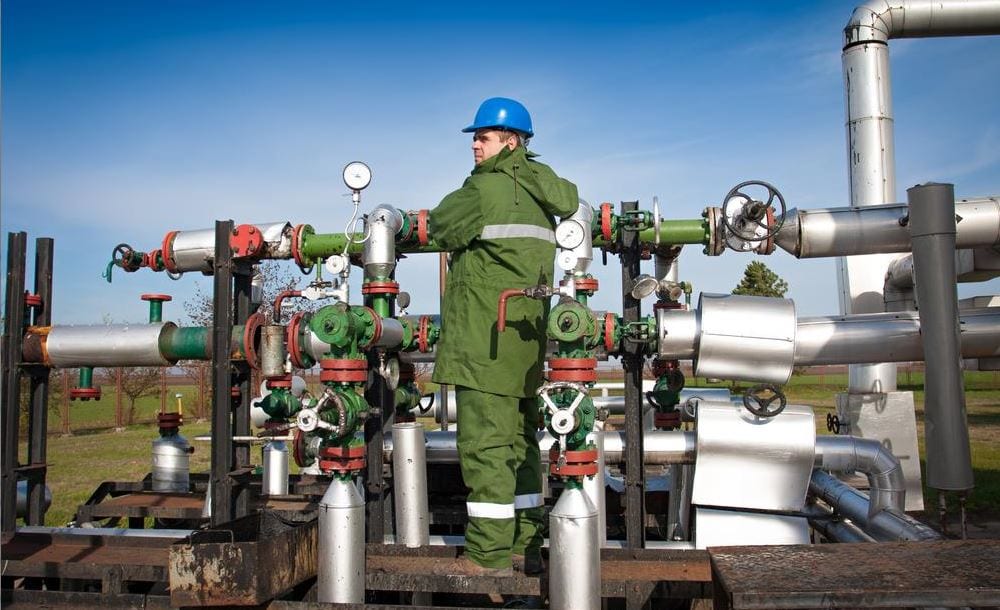In the U.S. alone, there is an estimated 2.6 million miles of pipelines that deliver trillions of cubic feet of natural gas and hundreds of billions of tons of liquid petroleum products each year. That’s a lot of product people use every day, so it’s helpful to know how pipelines actually work.
There are 3 basic elements involved:
- Product is gathered from wells in the ground and sent through gathering pipelines to a facility where it’s processed or refined. Pumps or compressors move it through the system at a safe pace.
- Once the oil is refined or the gas is processed, it’s moved through feeder pipelines to be distributed to large transmission pipelines.
- The network of oil and natural gas pipelines that serve the U.S. is not owned by a single entity; the transportation highway has many operators.
In reality, it’s a lot more involved than those main points.
There are two general types of energy pipelines: liquid petroleum pipelines and natural gas pipelines.
Let’s tackle the liquid petroleum pipeline network first. Within this system, there are crude oil lines, refined product lines, highly volatile liquids (HVL) lines, and carbon dioxide lines (CO2). Crude oil is also subdivided in to “Gathering Lines” and “Transmission Lines.”
Gathering lines are very small pipelines (usually from 2 to 8 inches in diameter) in the areas of the country where crude oil is found deep within the earth. These gathering lines exist all over the country, but the bulk of them are located primarily in Texas, North Dakota, California, Oklahoma, New Mexico, Louisiana, and Wyoming. The larger cross-country crude oil transmission pipelines or trunk lines bring crude oil from producing areas to refineries. One of the largest in the U.S. is the Trans-Alaska Pipeline System, which is 48 inches in diameter.
Then there are the lines that carry refined petroleum products, like gasoline, jet fuel, home heating oil, and diesel fuel. These refined product pipelines are found in almost every state in the U.S. These pipelines deliver petroleum products to large fuel terminals with storage tanks that are then loaded into tanker trucks. Trucks cover the last few miles to make local deliveries to gas stations and homes. Major industries, airports, and electrical power generation plants are supplied directly by pipelines.
Highly volatile liquid (HVL) lines and carbon dioxide (CO2) lines are also a part of the liquid petroleum pipeline network. These liquids turn to gas once exposed to the atmosphere. They include ethane, butane, and propane.
Now on to the natural gas pipeline system. Natural gas is delivered directly to homes and businesses through pipelines. The U.S. natural gas pipeline network is a highly integrated transmission and distribution grid that can transport natural gas to and from nearly any location in the continental 48 states.
Natural gas can contain natural gas liquids, so processors remove the liquid, water, and impurities from the natural gas stream. It then makes its way to homes and businesses across the country.
The pipelines that cross our country help facilitate the everyday lives of millions of Americans.


